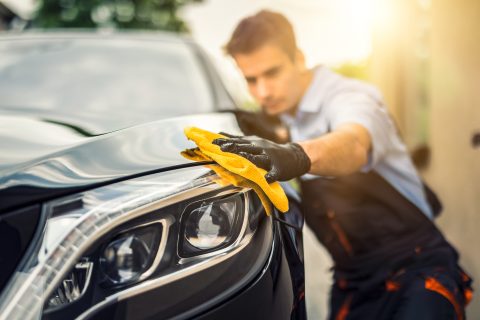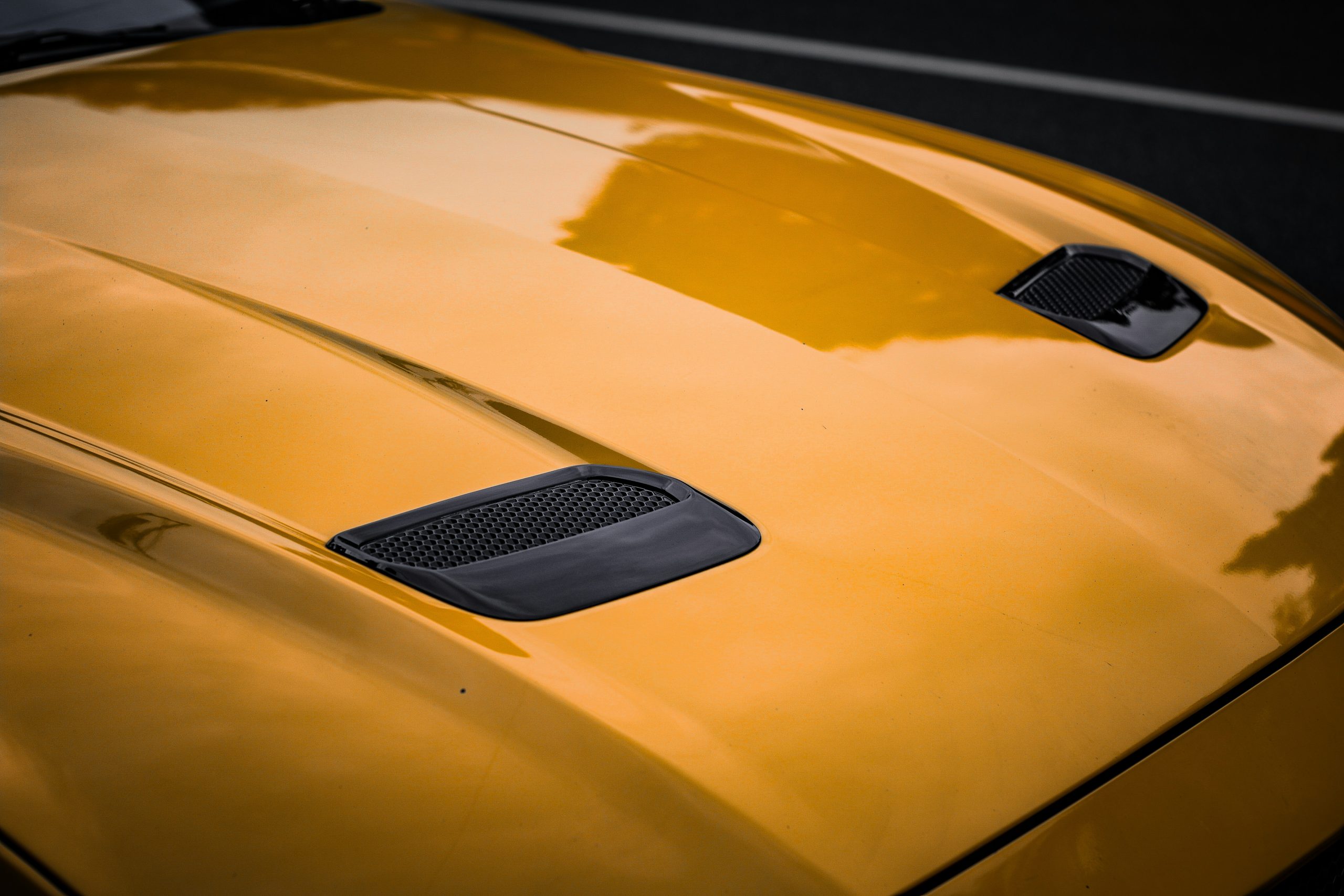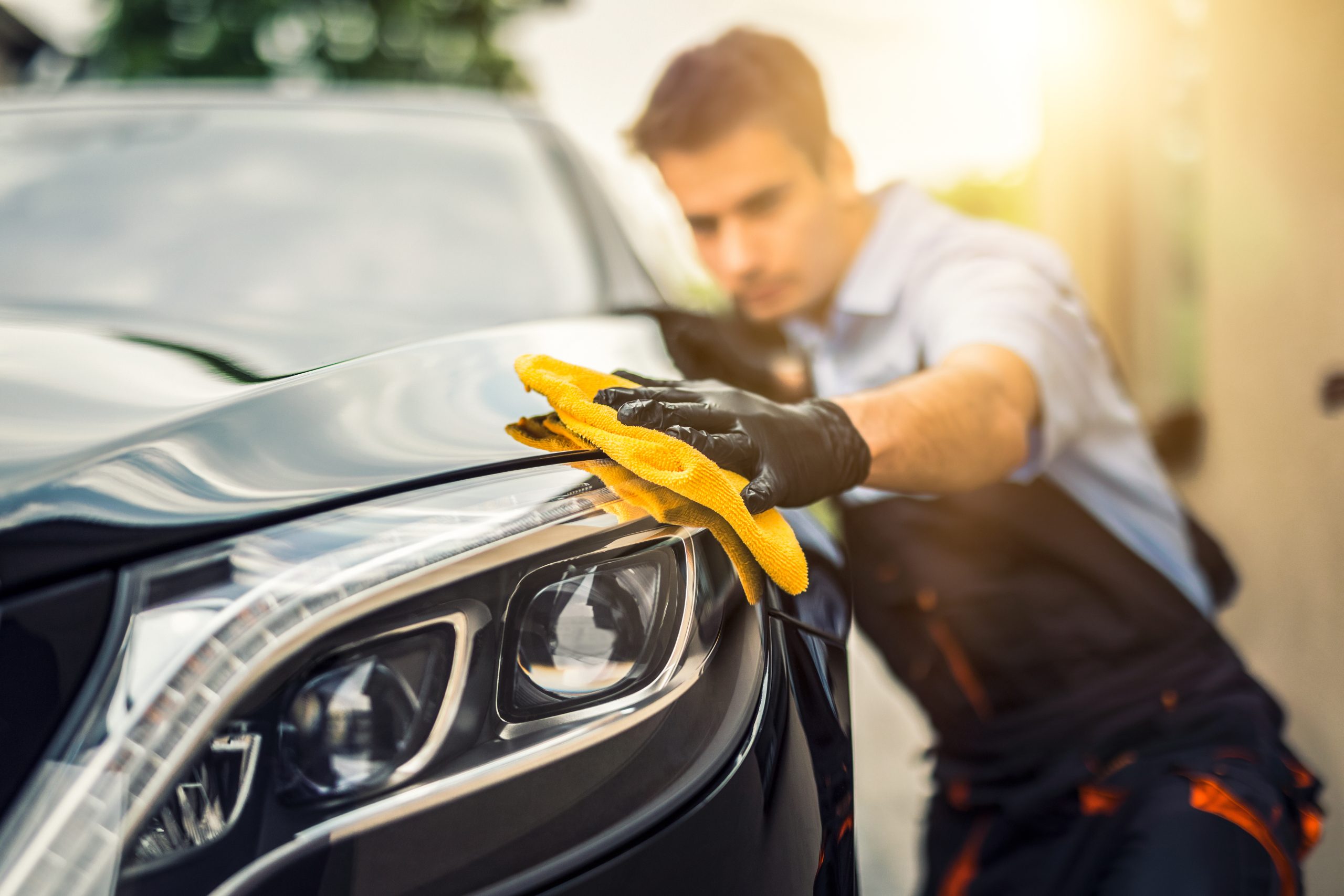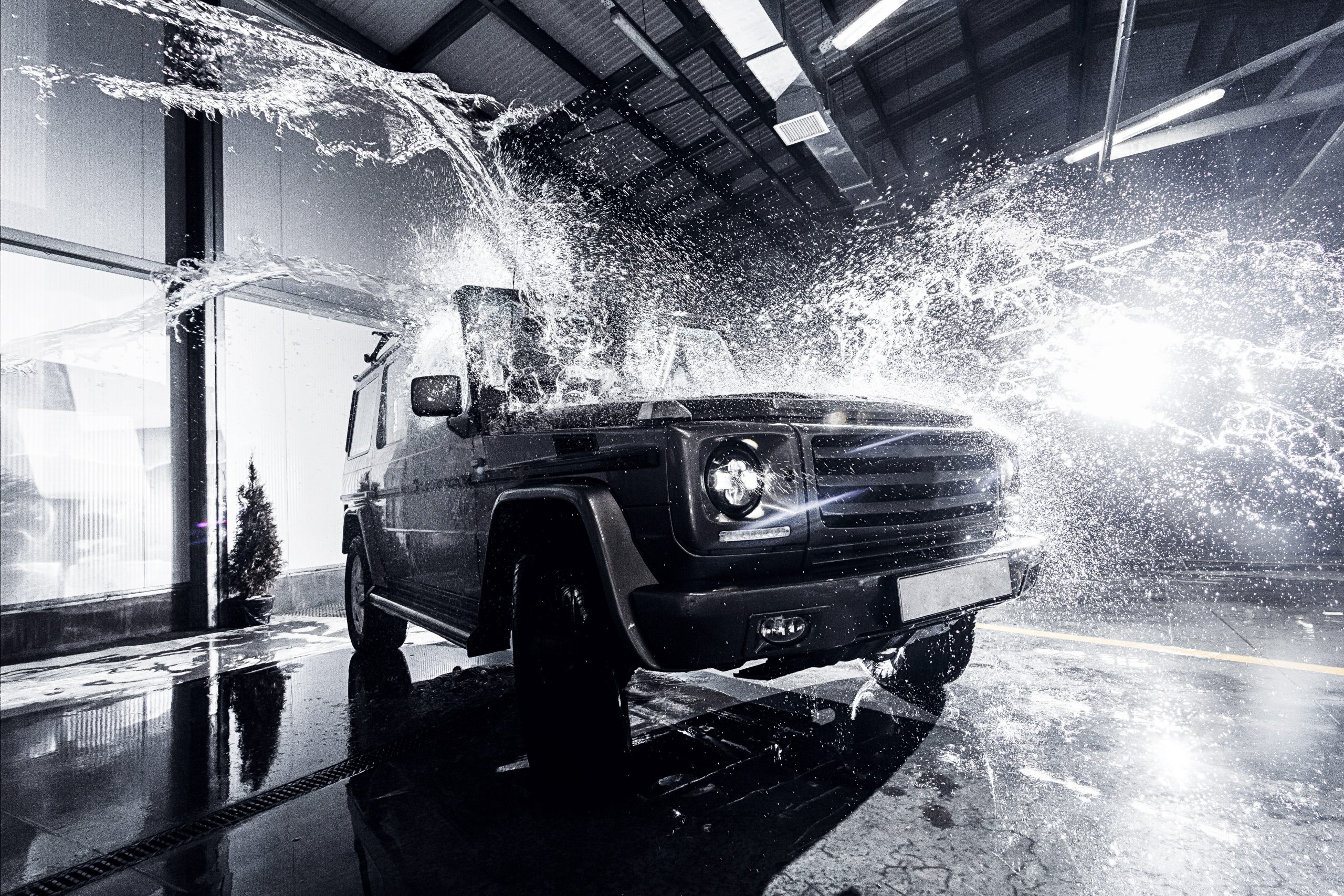
Graphene is on the move
In recent months, car wash chains like Mint Eco and Metro Express have started offering graphene coatings. Ceramic coatings are already part of many premium car wash packages nowadays. But what are they exactly? And does it even make sense to offer them in a express tunnel wash?
In the old days it was easy. After a car wash you applied some wax on your car with a soft cloth, which would bring you and your precious vehicle through the winter. Nowadays, there are a ton of different products on the market. Both for professional detailers, car wash operators and consumers.
One of the main contenders in the coating arena is graphene, which has quickly risen in popularity in recent years, particularly in auto detailing shops.
More and more car wash chains have recently started to offer graphene coating in their most expensive wash menus. But how does graphene compare to one of its main competitors, ceramic coatings? And what’s best for your car?
The specialists of Chicago Auto Pros made an interesting blog post about the subject some time ago.
Text continues under photo

Graphene, what is it?
First of all, what exactly Is a graphene coating? It is a simple solution for a wide range of corrosion protection, lubrication, and abrasion issues caused by wear. This coating has emerged as one of the most effective materials for providing corrosion and abrasion resistance. Due to its unique properties and durability, supporters of graphene coating argue that it is more cost-effective than ceramic coatings.
On the other hand, it is certainly also the most expensive option on the market right now. And some opponents believe that ceramic coatings provide better environmental protection than graphene coatings.
Ceramic coatings can be applied at high temperatures, providing complete coverage and a uniform finish. Many ceramic coatings are proven to have superior mechanical strength when exposed to certain acids, bases, solvents, temperature extremes, or radiation exposure. Regardless of which side of the argument you support, there’s no denying that graphene coatings offer significant advantages over traditional ceramic coatings.
Prep the car
However, before applying the graphene it is key that the car is properly cleaned and prepped. Which means not only washing the vehicle, but also making sure there is no other coating on it. Ceramic and graphene coating needs to bond directly to the clear coat. After the wash process there needs to be both a chemical and mechanical decontamination of the car surface, according to this interesting video by car detailer Pan The Organizer. This will prove some challenges for car washes, since if the vehicle is not properly prepped the expensive graphene coating will not stick very long.
But if it’s applied properly, graphene coatings offer superior strength and hardness. Even compared with ceramic coatings, with a reported increase in yield strength by up to 34%.
Text continues under photo

Further advantages
A graphene coating has several advantages over ceramic coatings First, graphene is significantly more durable than ceramic coatings due to its flexibility and abrasion-resistant properties. It is also much lighter than ceramic coatings, making it easier for manufacturers to incorporate into their products.
It also has superior heat dissipation, making graphene an excellent choice for high-temperature objects such as automotive engines or lighting fixtures.
The thermal conductivity of graphene is much higher than ceramic coatings at approximately 5300-5400 W/mK, allowing for faster heat transfer.
Graphene coatings offer high corrosion resistance due to their atomic tightness and uniformity which prevents permeation of aggressive substances.
What about wax?
And then there is still the good old car wax. Which will protect the first layer for a maximum of three months. The main benefits are: it’s cheap, it’s easily applied and it has proven its durability over many years.
The choice between the three should ultimately depend on the demands of the application and which qualities need to be prioritized: budget, strength or chemical resistance.
seeing the commercial success detailing studios have had with offering graphene and ceramic coatings, many express car wash chains also hopped on the bandwagon. Their most expensive subscription models often offer some sort of ceramic or graphene coating.
Text continues under photo

Marketing
According to many specialists though, these newly offered products in the car wash probably don’t offer the same protection as carefully applied coatings from detailing studios. “The average consumer does not understand what graphene is”, says Mackenzie Ewing of Transchem (Turtle Wax Pro). “If it’s applied by hand, graphene coatings can be a very strong and protective substance. But when it’s applied by an automatic car wash, often you don’t end up with the same benefits.”
According to Ewing, car wash companies are mainly using graphene as a marketing tool. “If a car wash operator is looking to raise his prices somewhat or is looking for a new marketing campaign, then graphene is a good technology to look at. But we are not convinced that graphene is the next big thing in the car wash industry, when it comes to better performance.”
Also read:



